Hi there, pet lovers! 🐍
For reptile enthusiasts looking for a striking, arboreal snake that’s venomous but manageable, the Baron’s Racer (Philodryas baroni)* is a fascinating choice. Known for its vibrant green or blue coloration, long prehensile tail, and mild venom, this South American species offers a unique middle ground between harmless colubrids and highly venomous snakes.
But is it the right pet for you? In this detailed review, we’ll cover everything from temperament and handling to enclosure setup, feeding, and legal considerations. Whether you’re an experienced keeper or just curious about this beautiful species, this guide will help you decide if the Baron’s Racer belongs in your collection.
Overview
The Baron’s Racer is a large, arboreal colubrid native to Argentina, Bolivia, and Paraguay. While venomous, its bite is not medically significant for most people, making it a safer choice than true vipers or elapids. Here’s a quick summary of what makes this snake special:
- Handling & Temperament: Generally docile but can be flighty; bites are rare and mild.
- Care & Maintenance: Moderate—requires climbing space, humidity, and proper heating.
- Health & Durability: Hardy and long-lived (10+ years) if kept in optimal conditions.
- Availability: Uncommon but obtainable from specialty breeders.
- Cost: Mid-range for exotic snakes; setup costs are reasonable.
- Overall: A great choice for experienced keepers who want a venomous-like snake without extreme risk.
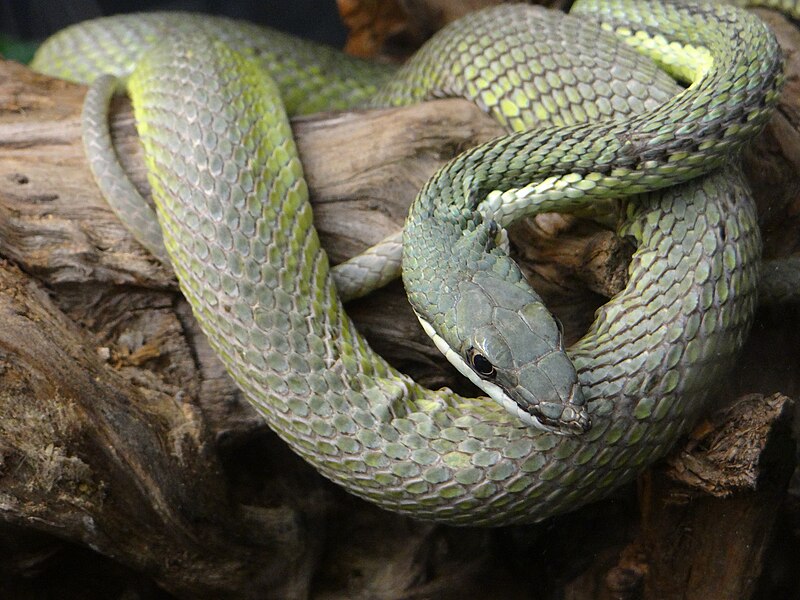
Why Choose a Baron’s Racer?
For those who love arboreal snakes with striking colors, the Baron’s Racer is a jaw-dropping alternative to green tree pythons or emerald tree boas. Unlike more delicate species, it’s adaptable, hardy, and feeds readily on rodents—though it will also eat lizards and birds.
Its mild venom (comparable to a hognose or false water cobra) makes it a low-risk option for keepers comfortable with rear-fanged species. Plus, its active, inquisitive nature makes it a more engaging pet than many sedentary snakes.
Handling and Temperament
Personality Variations
Baron’s Racers are nervous as juveniles but often calm down with age. While some remain skittish and quick-moving, others become curious and tolerant of handling. Unlike true “racers,” they are not prone to biting defensively—most strikes are feeding responses.
Handling Tips
- Support their body—they are lightweight but fast, so avoid sudden movements.
- Avoid grabbing near the head—this can trigger a defensive reaction.
- Watch for tail vibrations—a sign of stress (though they rarely musk).
- Supervise beginners—while not dangerous, their speed can lead to escape attempts.
Venom & Bite Risk
Their venom is weak compared to vipers or cobras, causing mild swelling and discomfort (similar to a bee sting). No confirmed severe reactions exist, but allergies are possible. Most bites occur during feeding or accidental hand confusion—so use tongs when offering food.
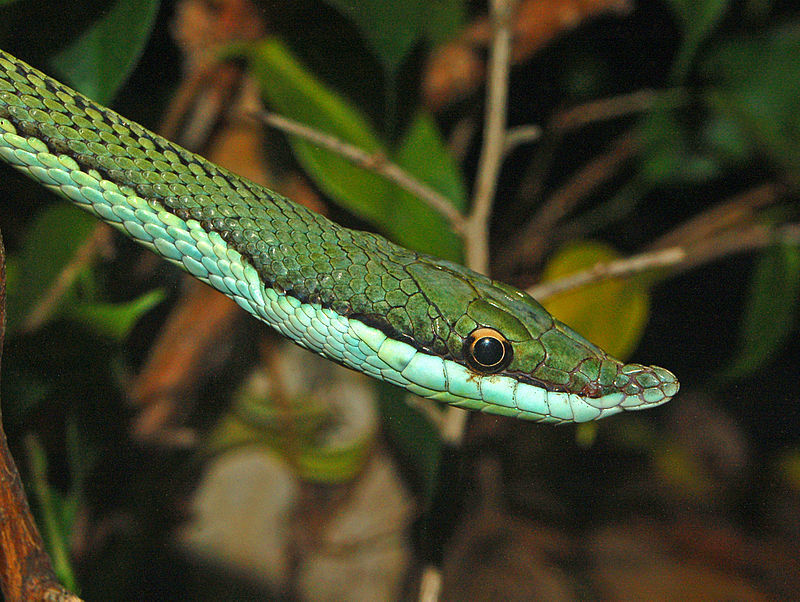
Care and Maintenance
Enclosure Setup
- Size: Minimum 4x2x3ft (LxWxH) for adults—they need vertical space.
- Climbing Features: Branches, vines, and foliage to mimic their arboreal habitat.
- Substrate: Coconut fiber, cypress mulch, or bioactive soil (holds humidity well).
- Hiding Spots: Elevated hides (cork tubes, foliage pockets) for security.
Humidity & Temperature
- Humidity: 50-70% (higher during sheds).
- Temperature: 75-85°F (24-29°C) ambient, with a basking spot of 88-90°F (31-32°C).
- Night Drop: Can go down to 70°F (21°C).
Feeding
- Diet: Primarily frozen-thawed rodents (mice/rats). Some may take lizards or chicks.
- Frequency: Every 7-10 days for adults, 5-7 days for juveniles.
- Tip: If a juvenile refuses rodents, try scenting with lizard smell.
Lighting
- UVB Optional but Beneficial: Helps with metabolism and natural behavior.
- Day/Night Cycle: 12 hours light, 12 hours dark.
Health and Durability
Common Health Issues
- Dehydration: Low humidity can cause stuck shed.
- Respiratory Infections: Caused by excessive dampness or poor ventilation.
- Obesity: Overfeeding leads to fatty liver disease—stick to proper prey sizes.
Preventative Care
- Regular enclosure cleaning to prevent mold.
- Quarantine new snakes before introducing them.
- Annual vet checks for parasites.
With proper care, they can live 10-15 years (sometimes longer).
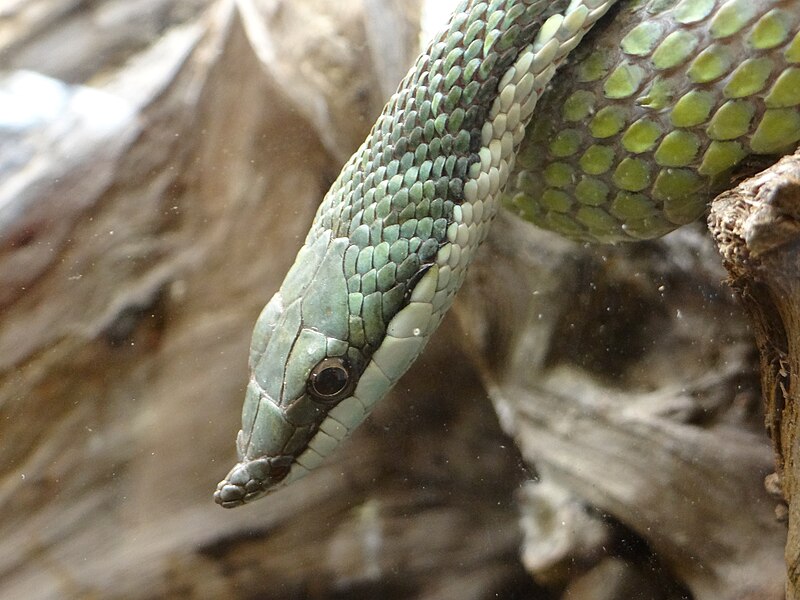
Availability and Cost
Where to Buy
- Specialty Breeders: Best for healthy, captive-bred individuals.
- Reptile Expos: Occasionally available.
- Online: Check morph market or venomous-friendly sellers.
Cost Breakdown
- Snake: $200-$600 (depending on color morph).
- Enclosure: $200-$500 (PVC or custom-built).
- Setup (heating, decor, etc.): $150-$300.
Note: Check local laws—some regions ban venomous snakes, even mild ones.
Pros and Cons
Pros
✅ Stunning colors (green, blue, or brown morphs).
✅ Active and engaging—more interesting than many snakes.
✅ Mild venom—low risk for experienced keepers.
✅ Eats rodents readily (unlike some arboreal species).
Cons
❌ Not for beginners—requires confidence in handling.
❌ Fast and flighty—can be hard to manage for some.
❌ Legal restrictions in some areas.
❌ Long-term commitment (10+ years).
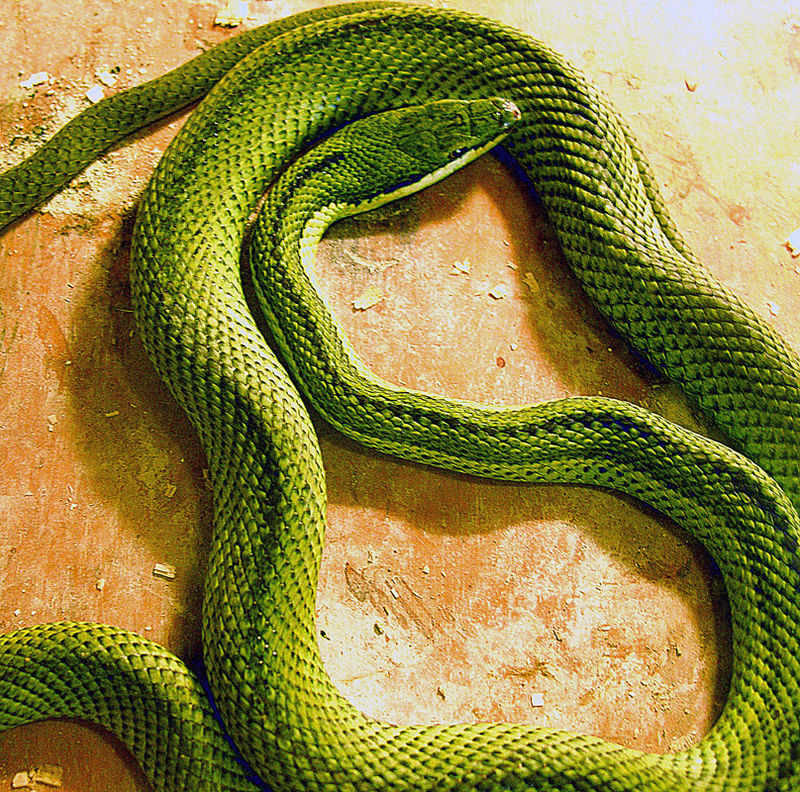
Final Thoughts
The Baron’s Racer is a jaw-dropping, low-risk venomous snake that’s perfect for intermediate-to-advanced keepers. While not as docile as a ball python or as simple as a corn snake, its stunning appearance, active personality, and manageable venom make it a fantastic choice for those looking for something unique.
If you’re ready for a semi-advanced arboreal snake, the Baron’s Racer might just be your next favorite pet.
Have you kept a Baron’s Racer? Share your experiences below! And for more exotic pet guides, stay tuned to our blog. 🐍



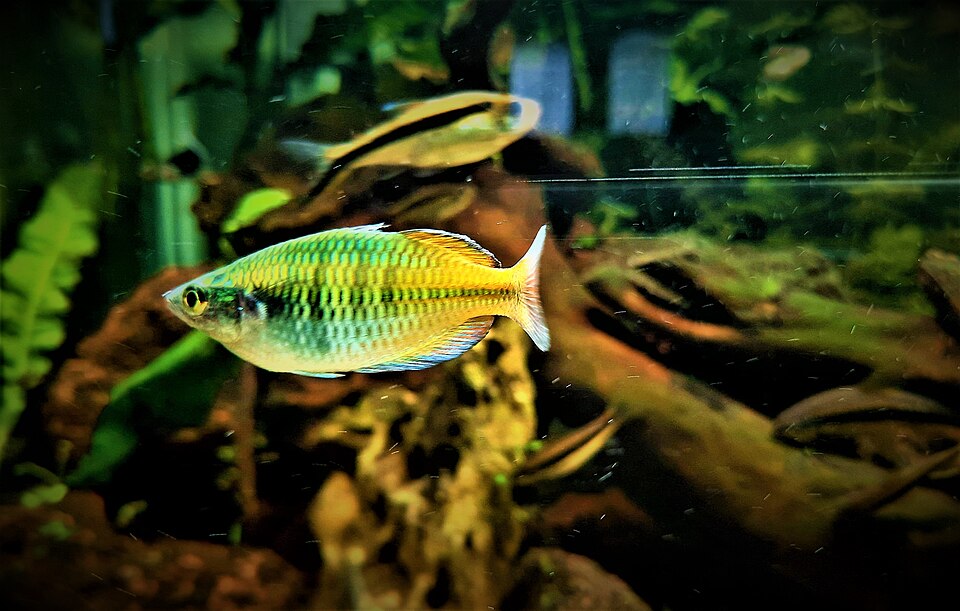
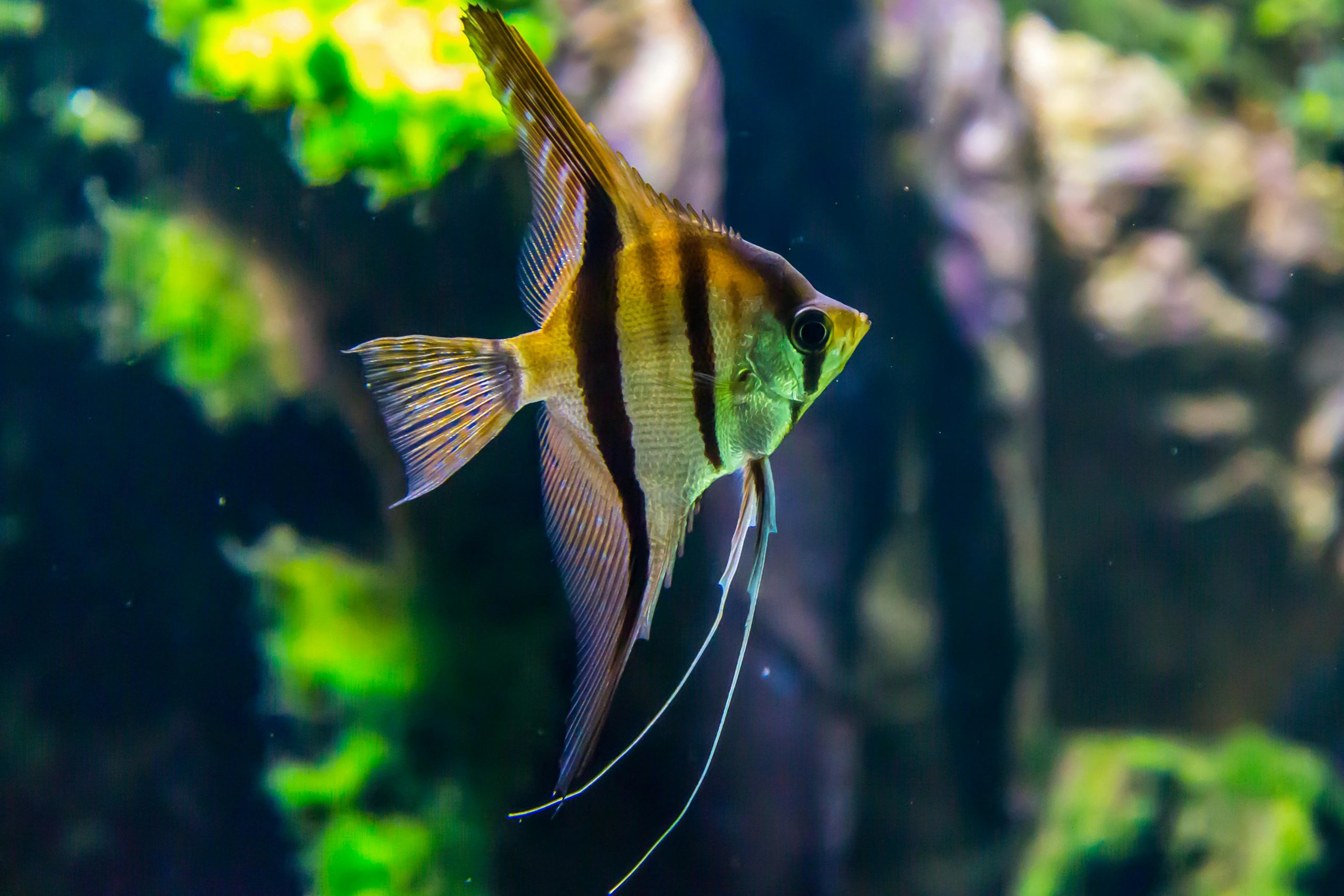
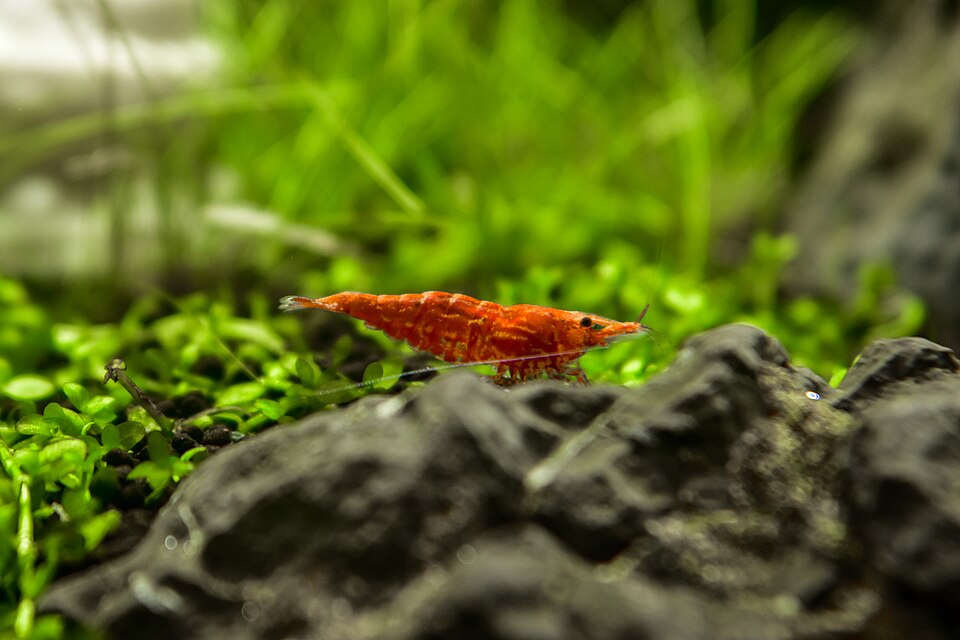


Leave a Reply